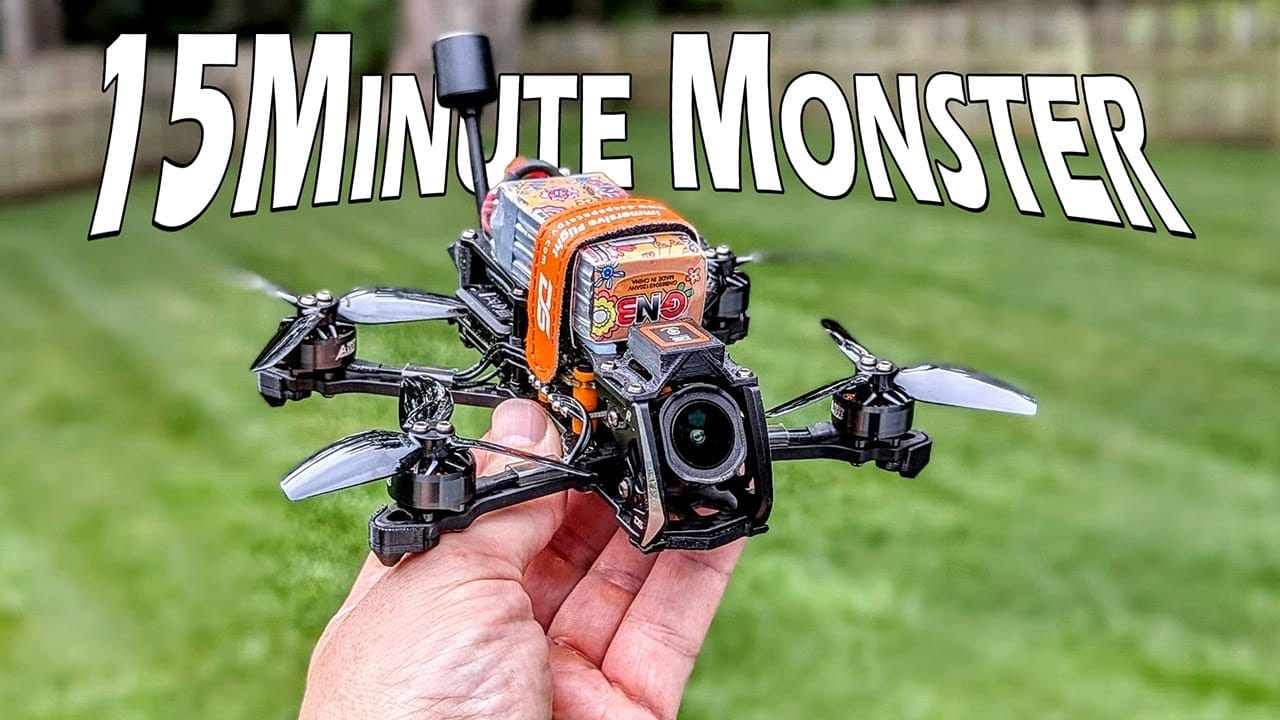
Hook
Nick Burns found a three‑inch quad that mixes long flights, GPS rescue and proper punch. TL;DR: it flies like a rocket, holds GPS lock, and can stay under 250g with the right pack.
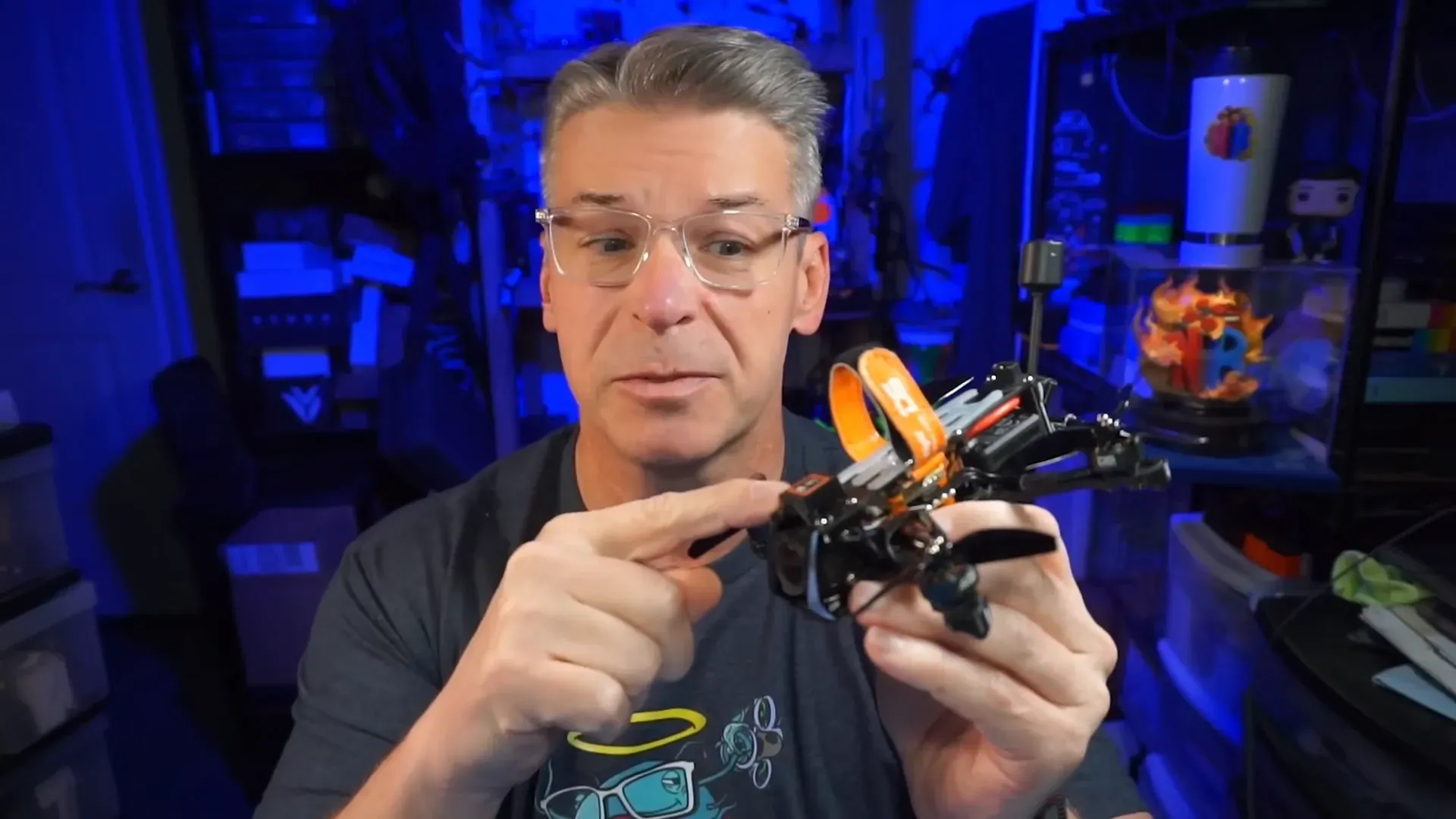
What it is and why it matters
The Seeker3 is a compact three‑inch quad aimed at pilots who want range, flight time and HD video compatibility. It ships in ExpressLRS and Crossfire variants and supports DJI O3 or O4 stacks.
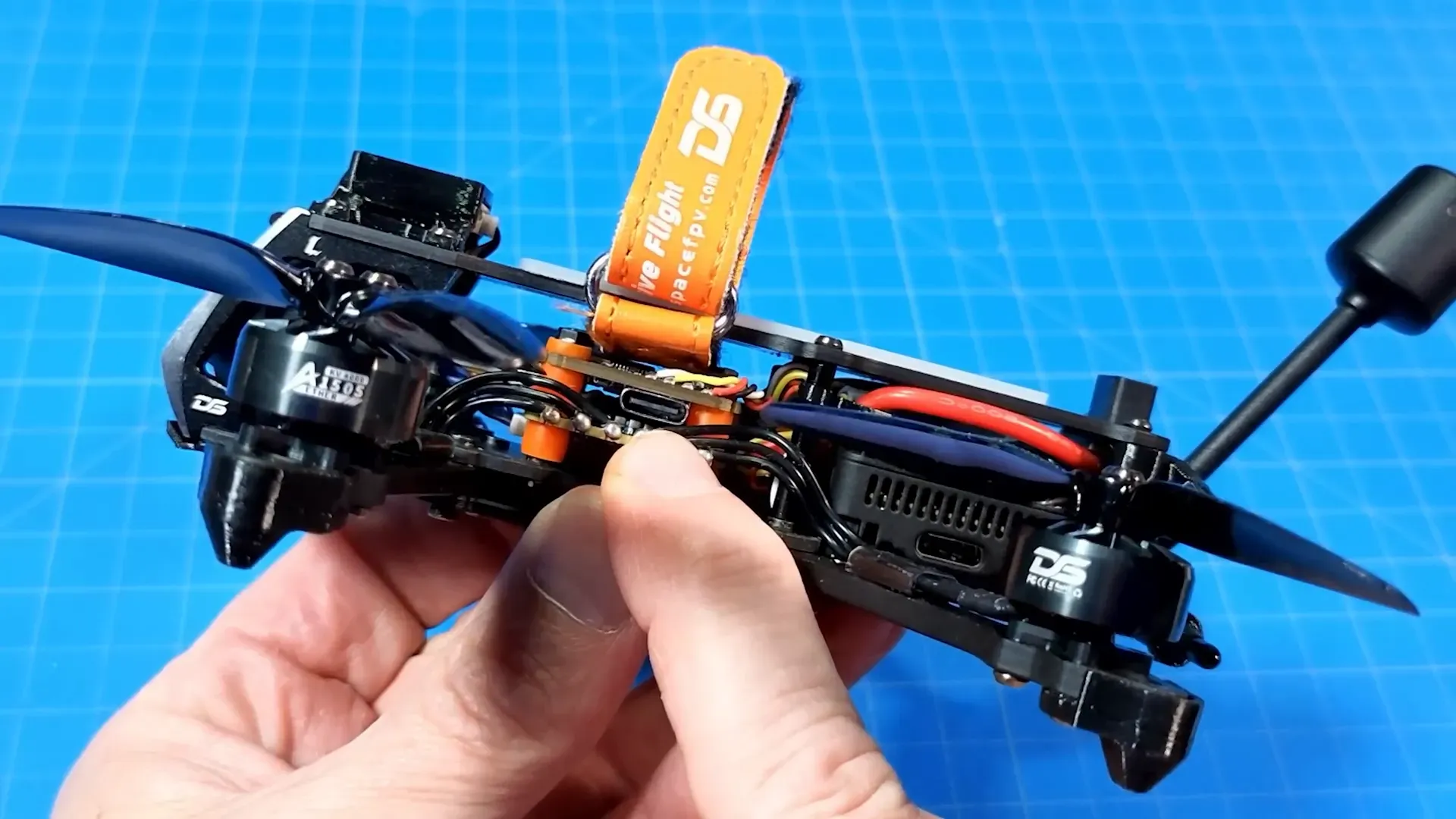
Key specs (short and useful)
F7 flight controller with USB‑C. 40A ESC. 1505 4000KV motors. HQ 3x3 tri props. XT30 battery plug. GPS module included (likely an M10).
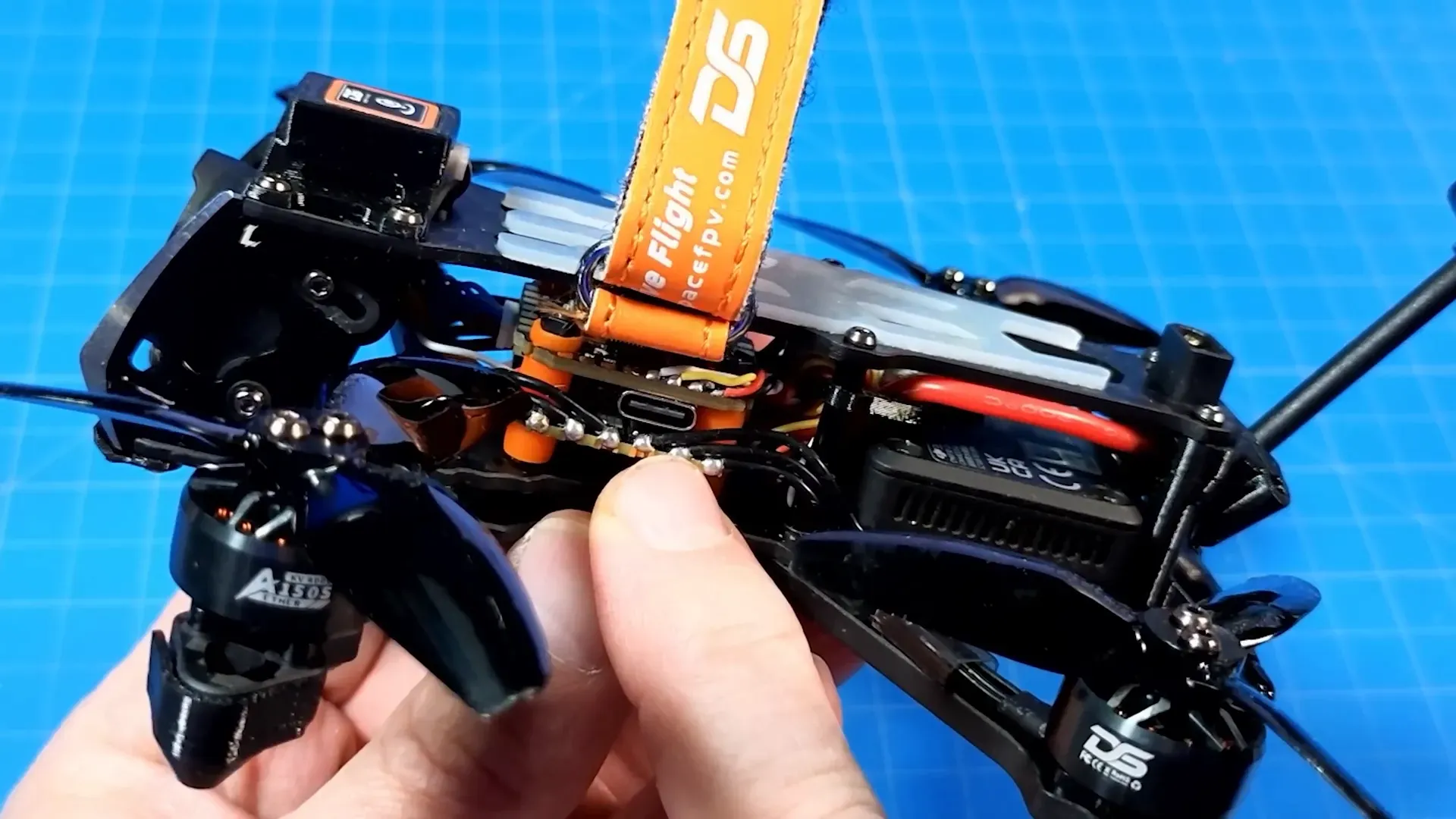
What comes in the box
3D printed antenna mounts, motor/arm guards and landing feet. Extra battery strap, spare props, a one‑pager for binding and DJI setup, and two stickers.
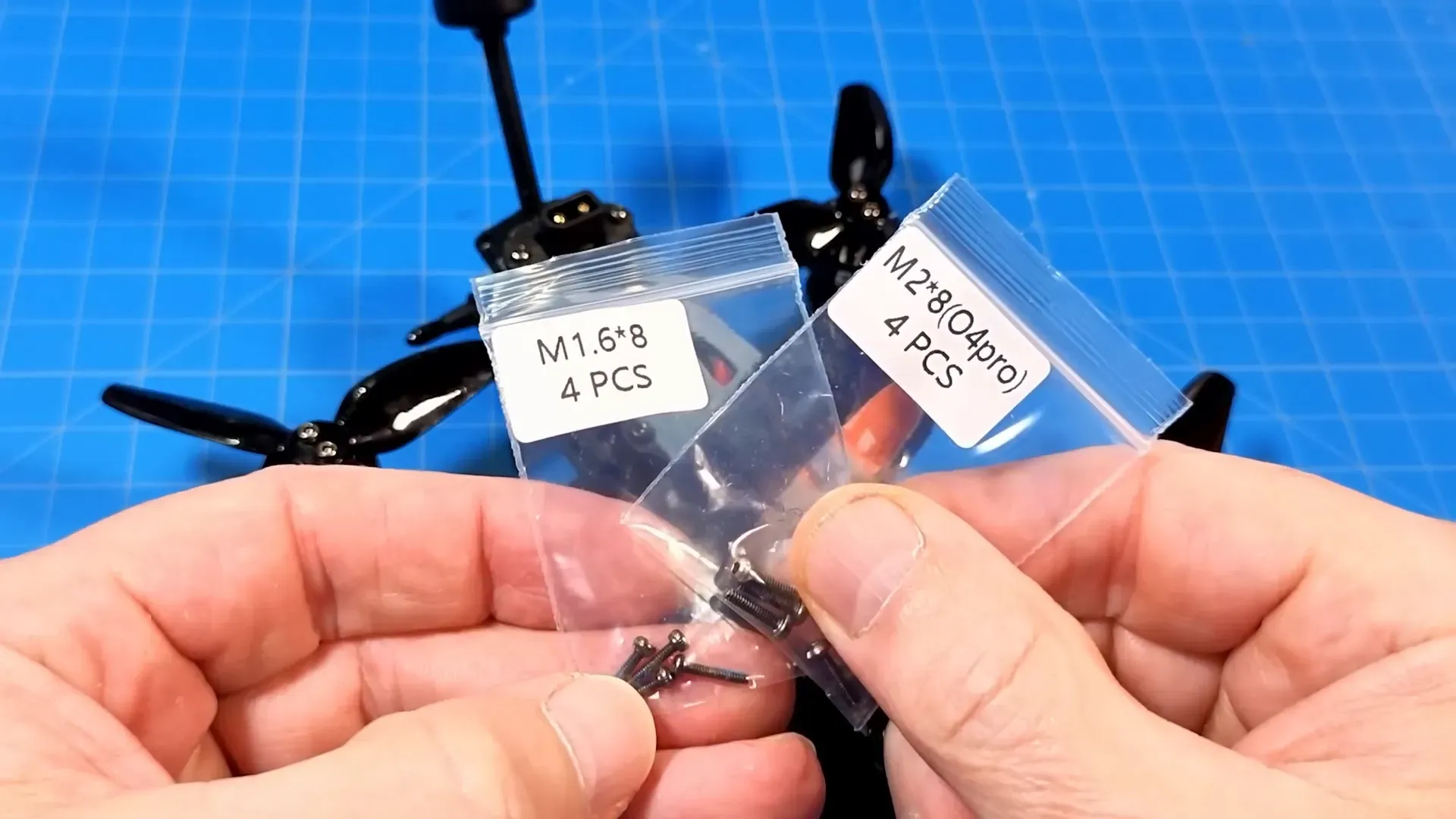
Weights, batteries and flight time—real numbers
The bare quad weighs 177.5g. With a 3000mAh Li‑ion it hit 14+ minutes and weighed 378.3g. With smaller packs the Seeker3 drops under 250g.
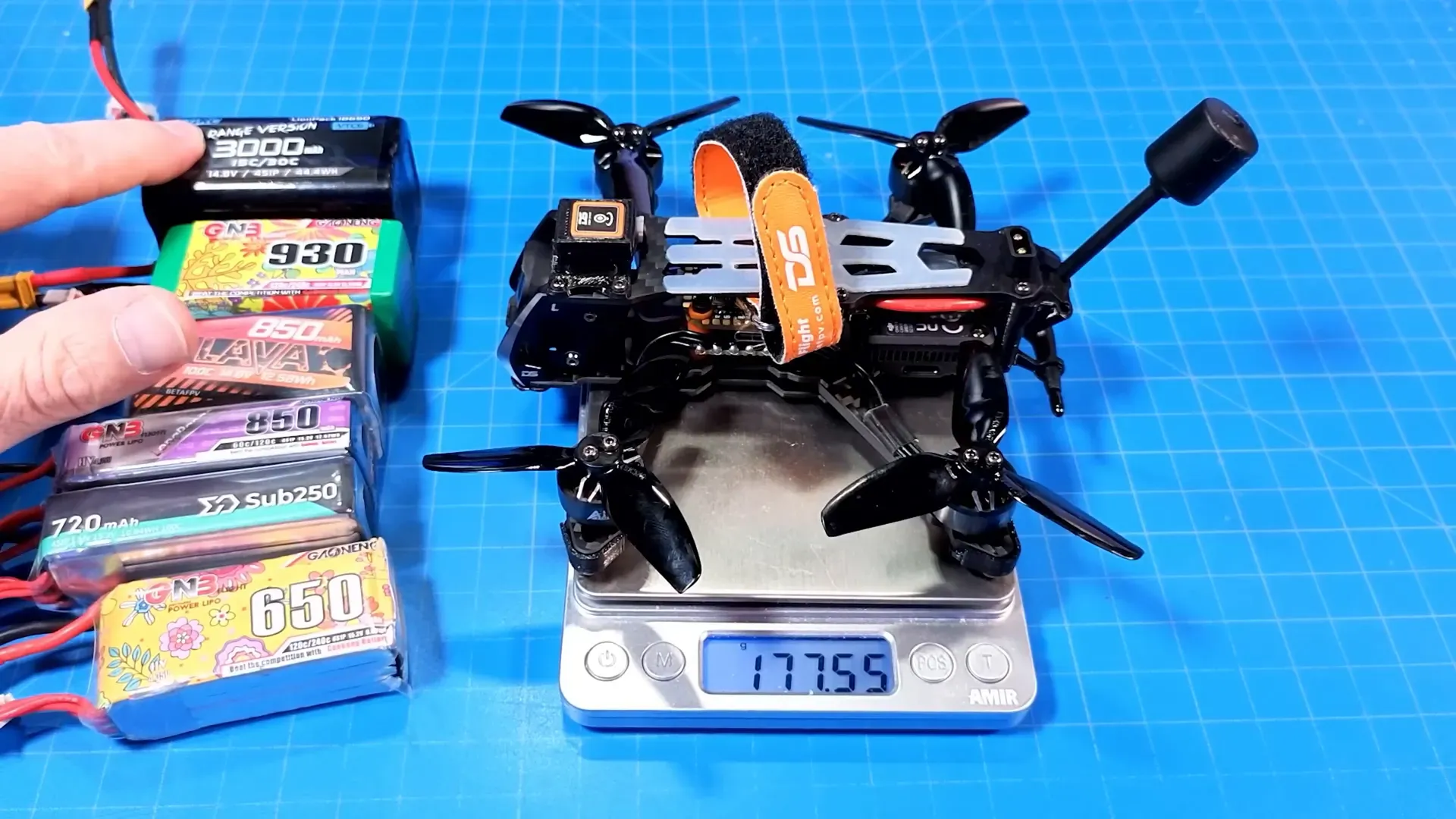
Examples Nick logged: 930mAh GNB gave ~10:20 (277.65g). Lava 850 4S gave ~9:55 (273.42g). 850mAh flat pack averaged 8:30 and brought the build to 246.22g.
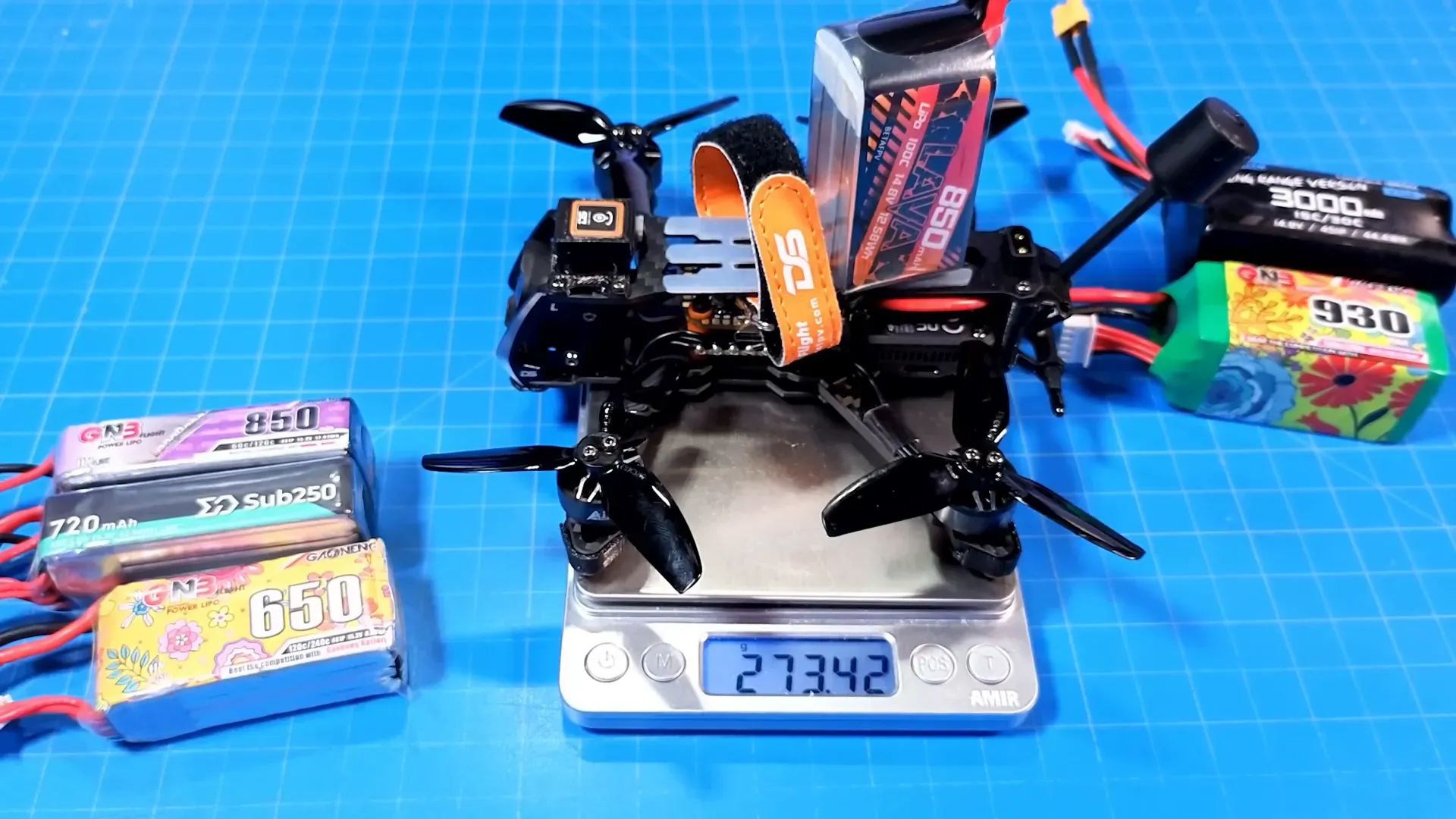
650mAh was Nick’s pick for faster flights—about 6:40 average with total weight ~246.9g. Expect 3–3:15 minutes on a 650 when cruising conservatively.
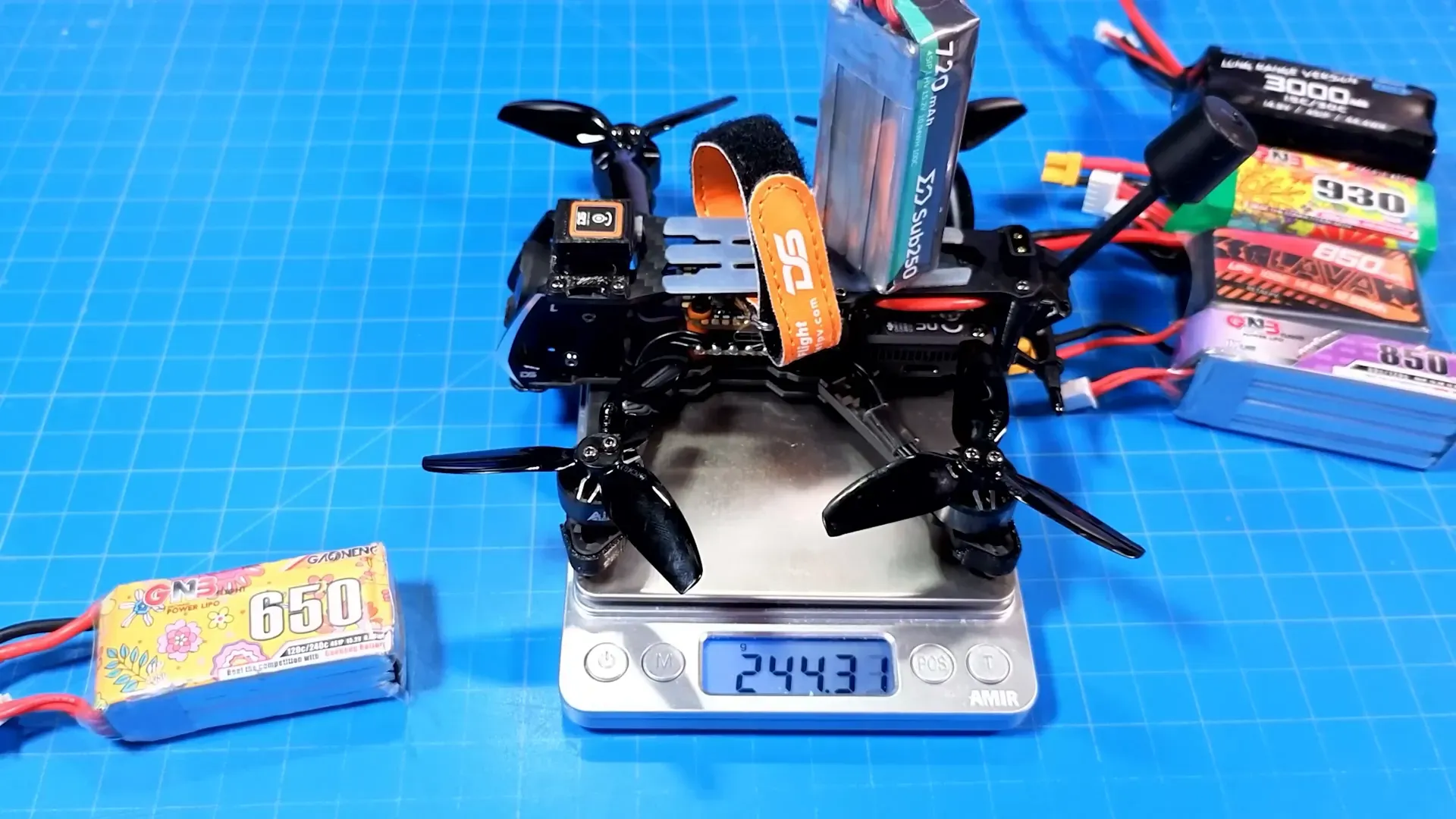
Handling and flight character
Nick flew aggressive, race‑leaning lines with freestyle bits. Motors feel grunty and smooth. Tri props hide well from the camera and cut through wind better than prop‑protected whoops.
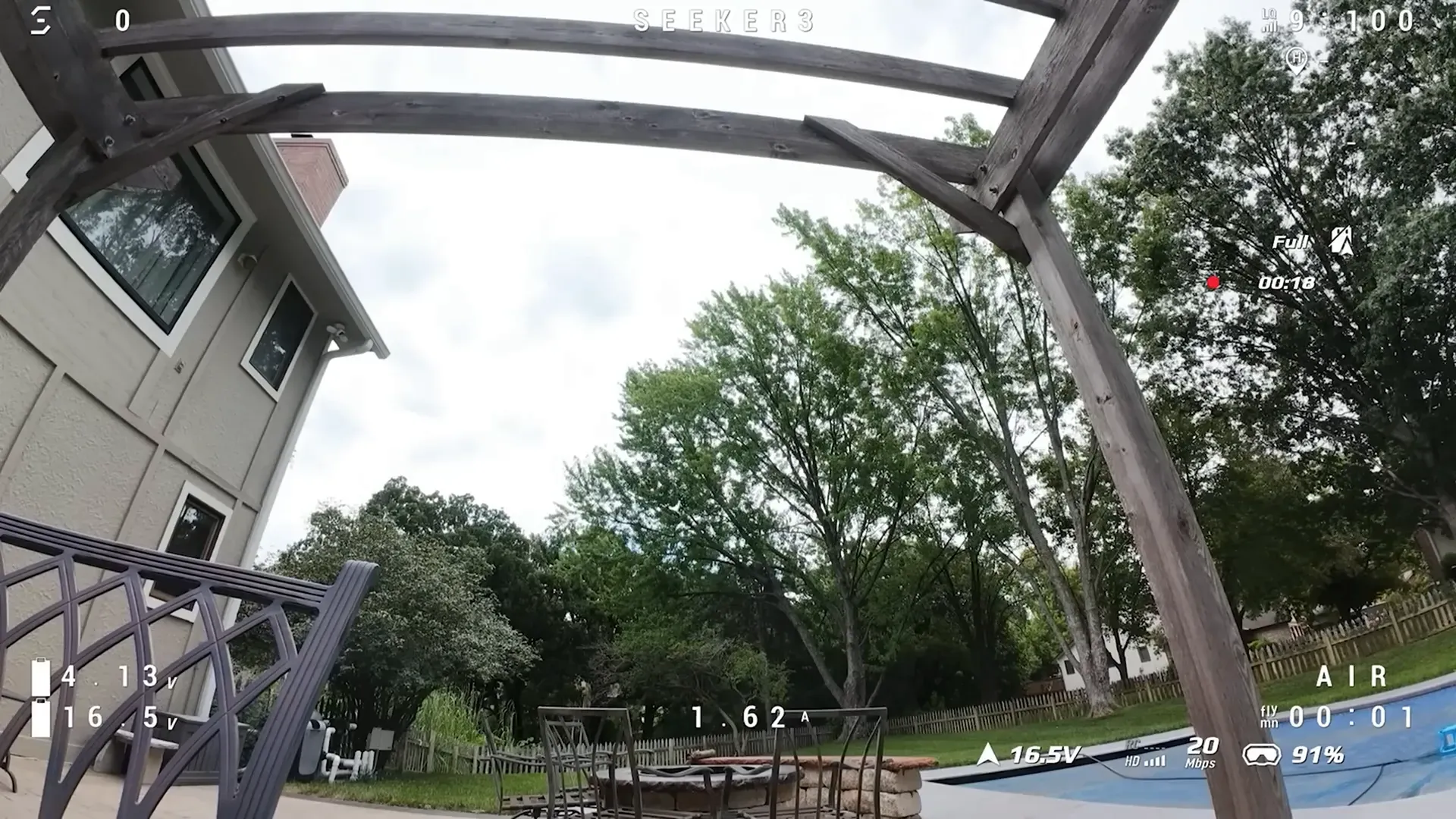
He ran the camera close to the canopy at high angles for fast runs, and lowered it for slow endurance tests. The result: usable, stable HD footage from O3/O4.
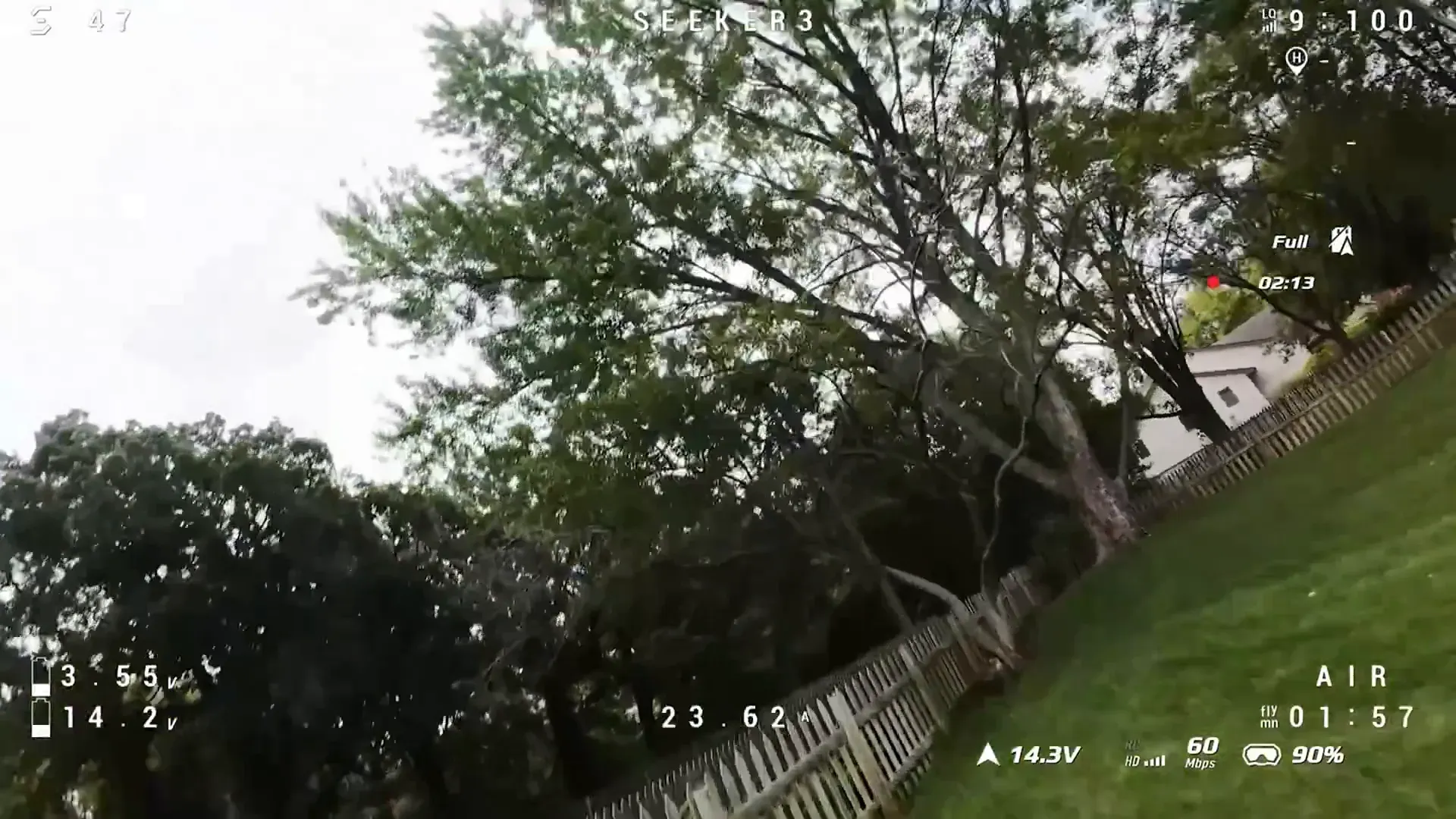
GPS—what works and what to expect
The GPS does acquire satellites, but first‑plug cold starts took about 4–4.5 minutes on Nick’s early tests. Later sessions saw quicker locks after keeping the GPS powered between flights.
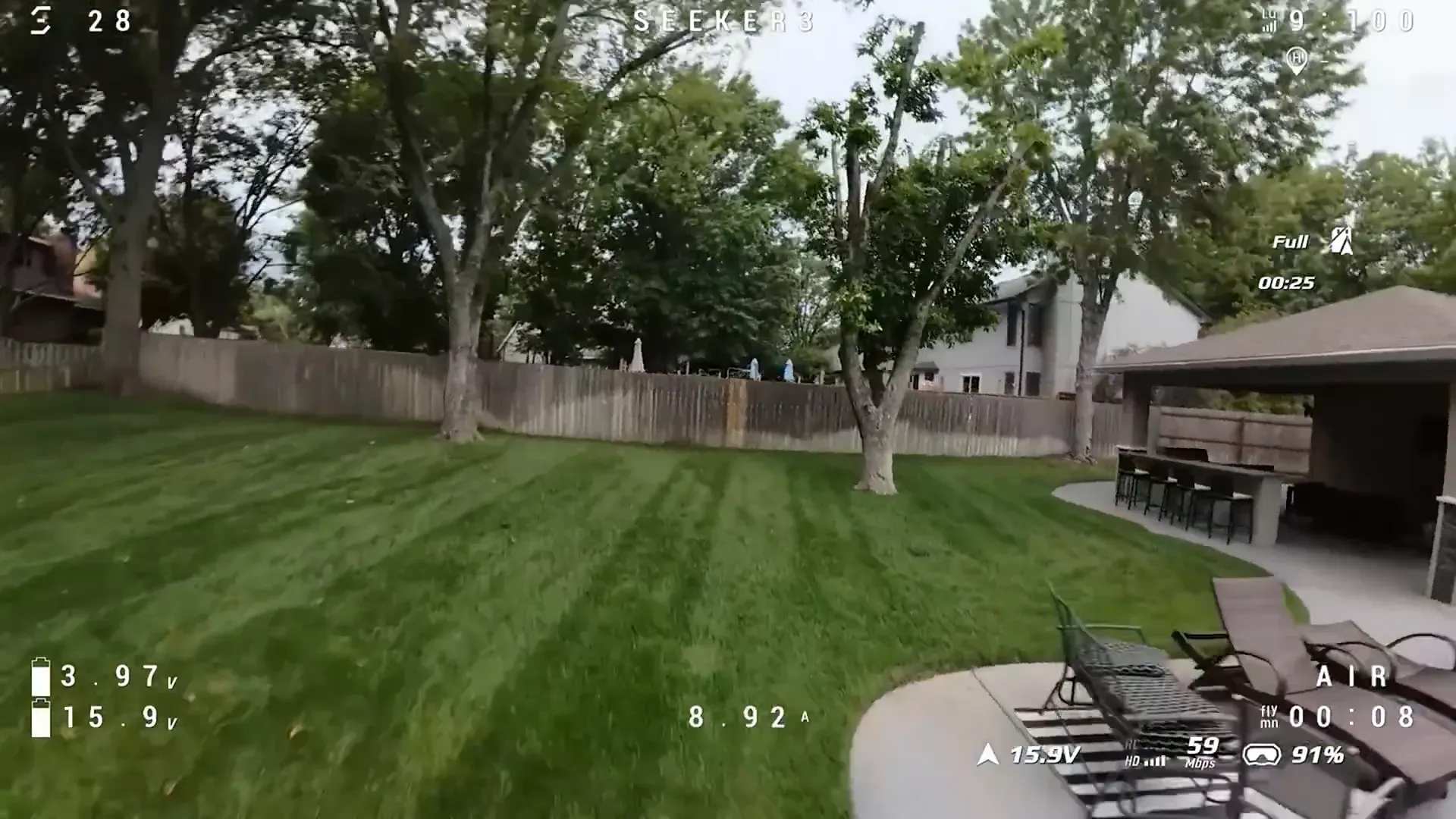
On a clear day and with a 3000mAh pack he saw 13–14 satellites and full home direction. He did not road‑test GPS rescue to the limit—relies on Betaflight to do the heavy lifting.
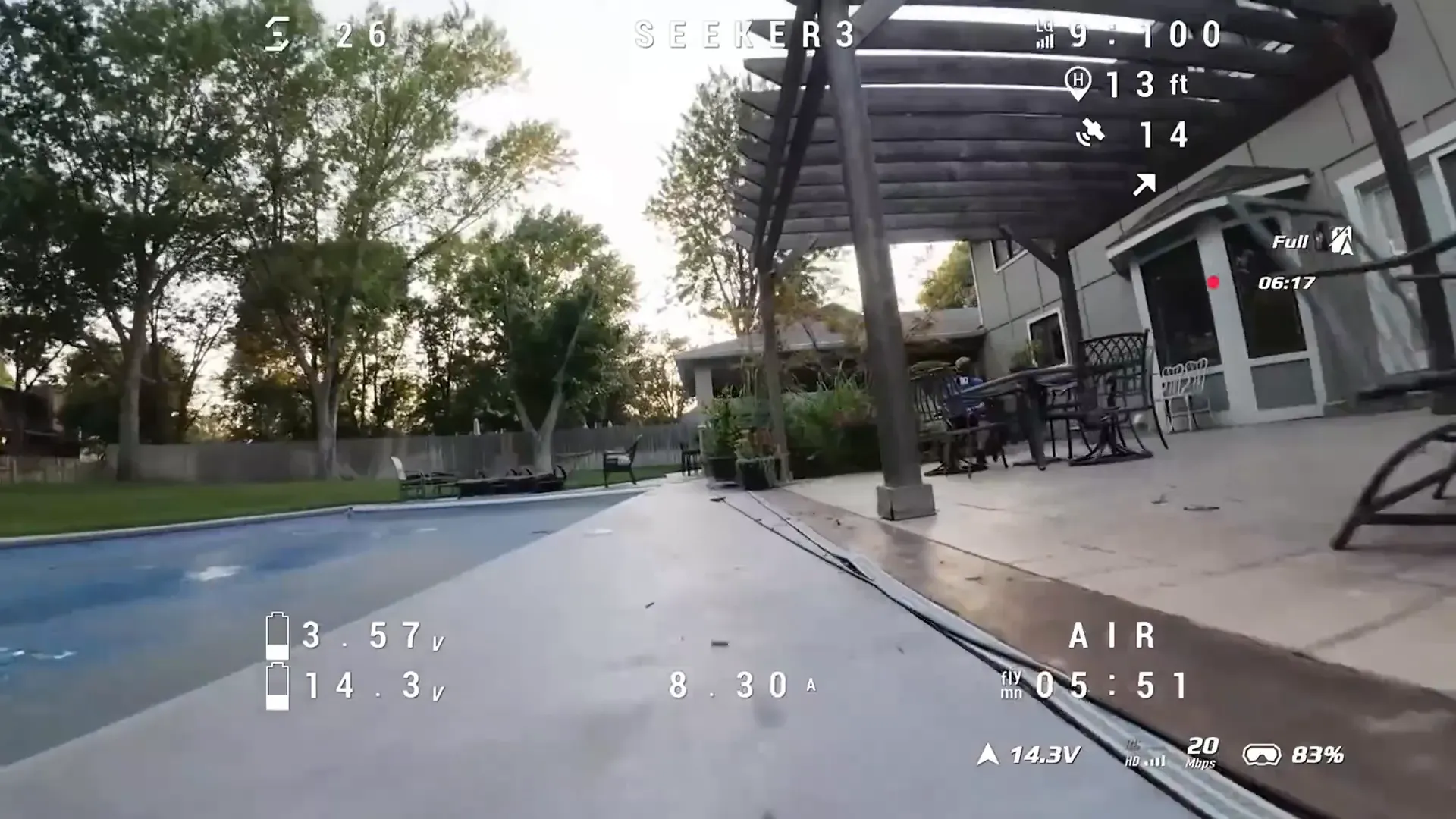
Tip: power GPS with USB or keep VTX off while acquiring satellites if you want a fast lock before takeoff.
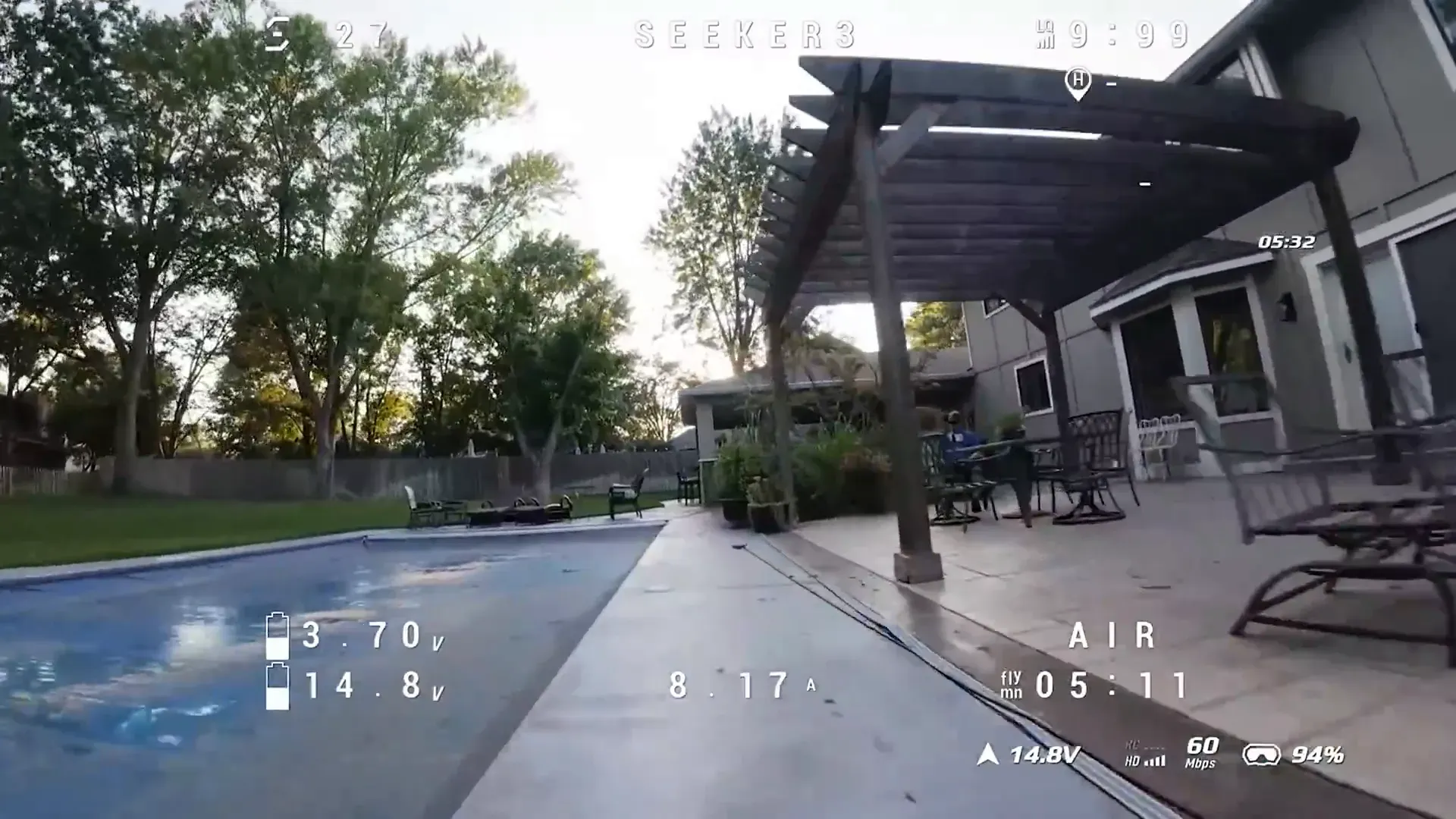
Video and on‑board recording
Nick used the O4 and the onboard DVR. Betaflight OSD is present. The gyro‑stabilized VTX recording looked clean in his clips—typical open‑prop stability.
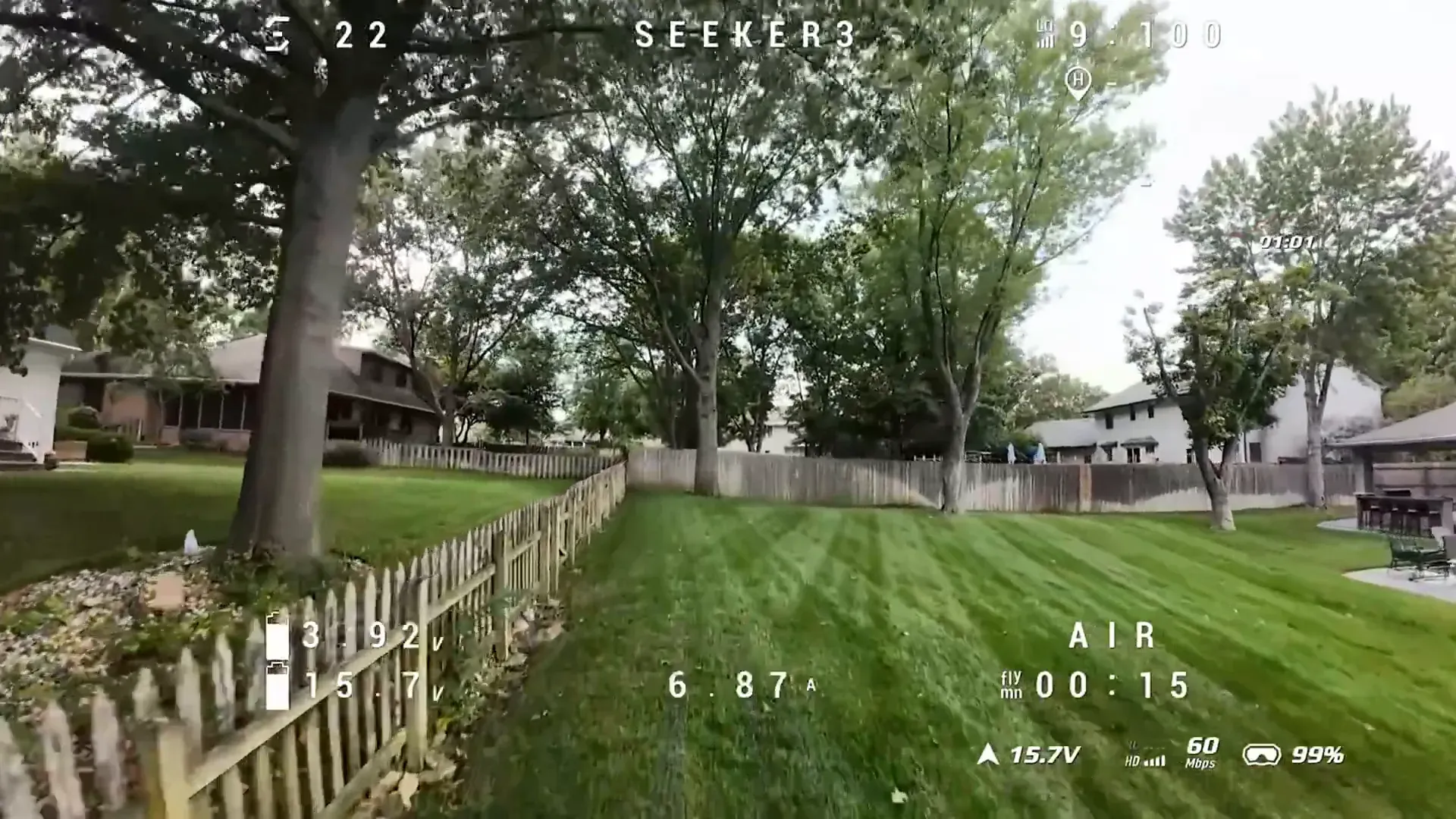
Construction, serviceability and small annoyances
The build uses two 2mm bottom plates and a 2mm top plate. Arms are replaceable—no wishbone. Motor mounts sit behind plastic “containers” and 3D printed endcaps add crash protection and feet.
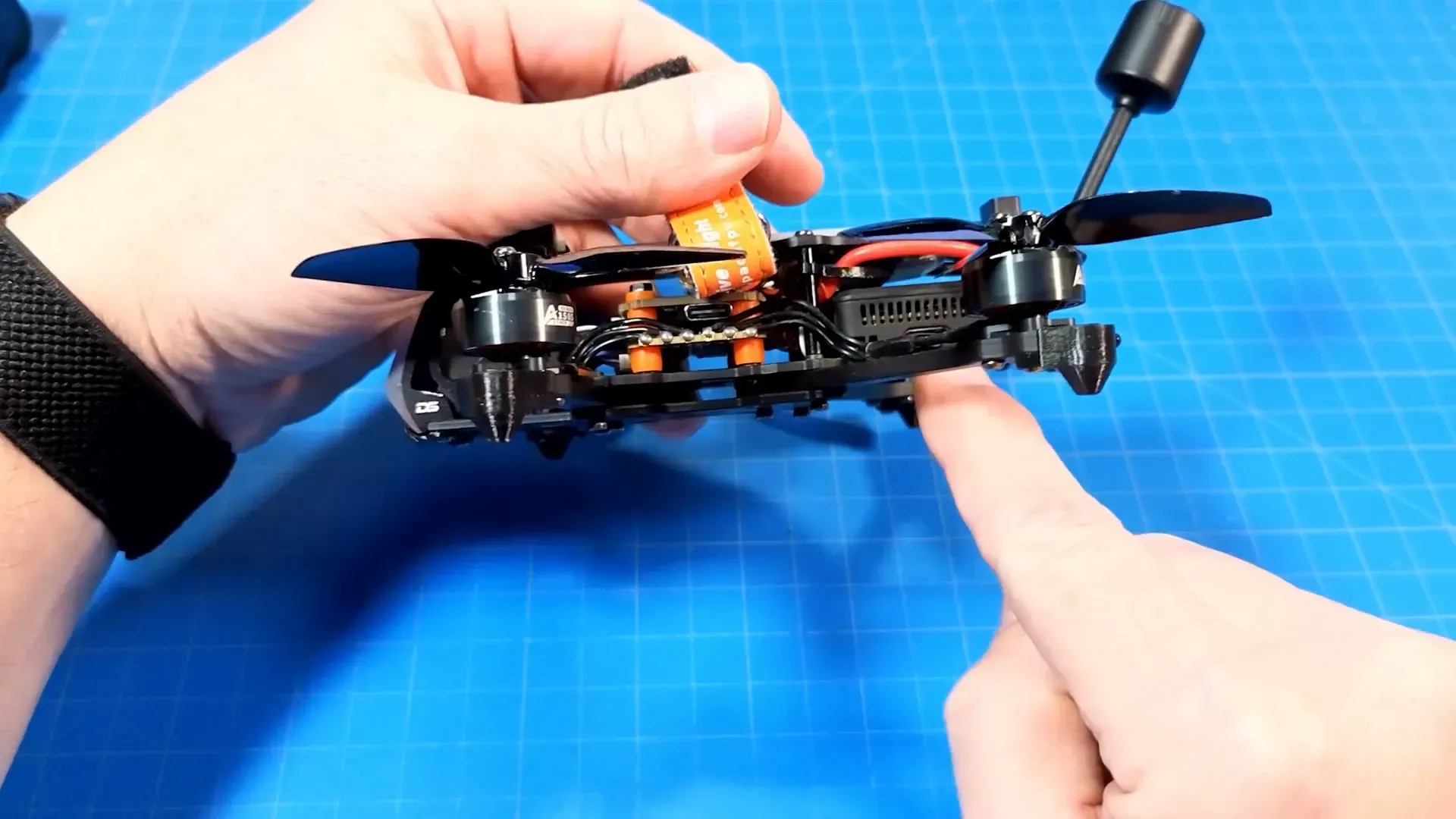
Soldering looks competent. FC includes boot button and blackbox support. Receiver holster suspends over a standoff—O3 may sit taller but should fit with minor tweaks.
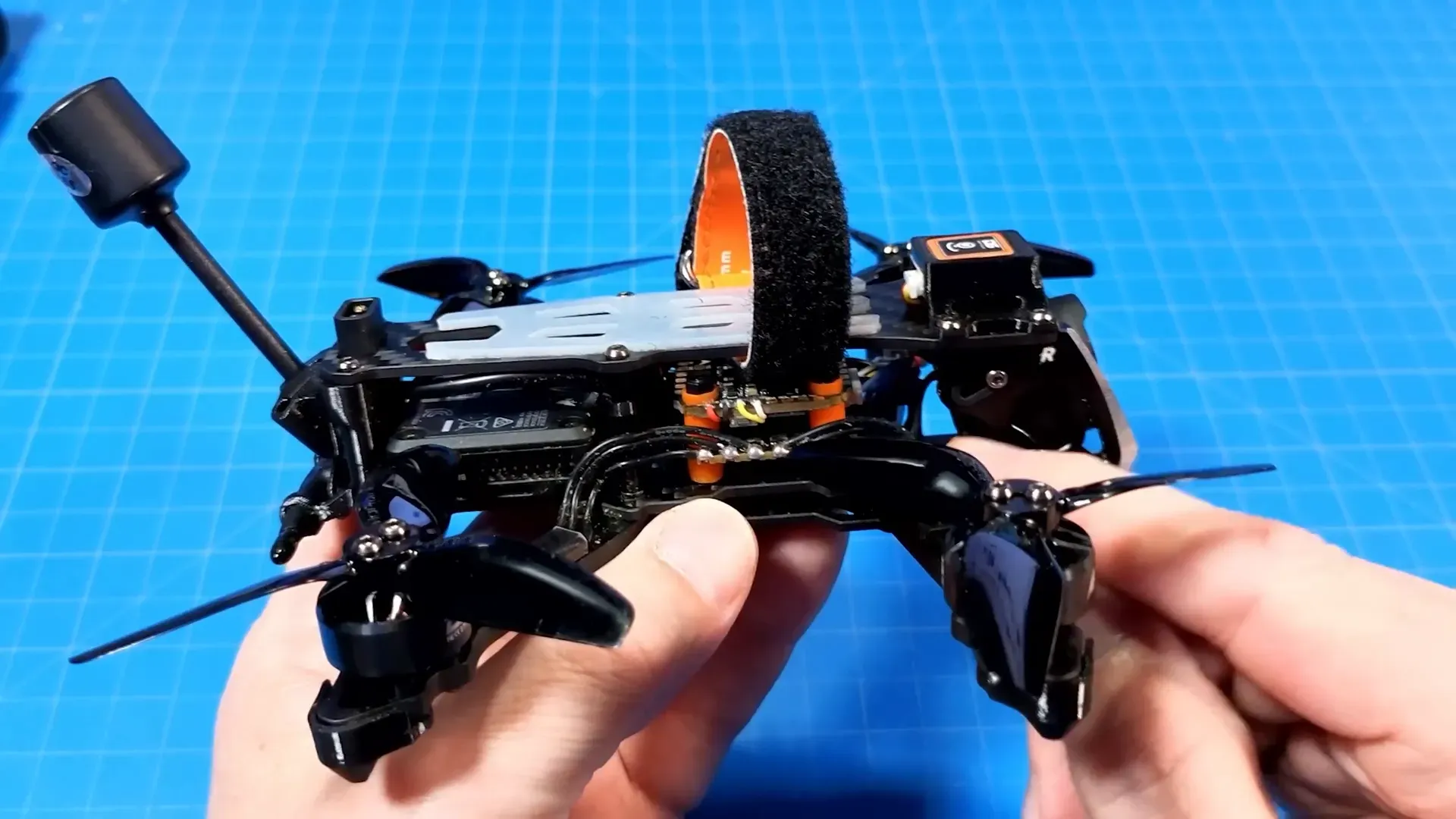
Minor gripe: glued plastic protectors lose tack over time and can cut wires during a prop strike. Nick recommends wrapping them with acetate tape to prevent cuts and adhesion loss.
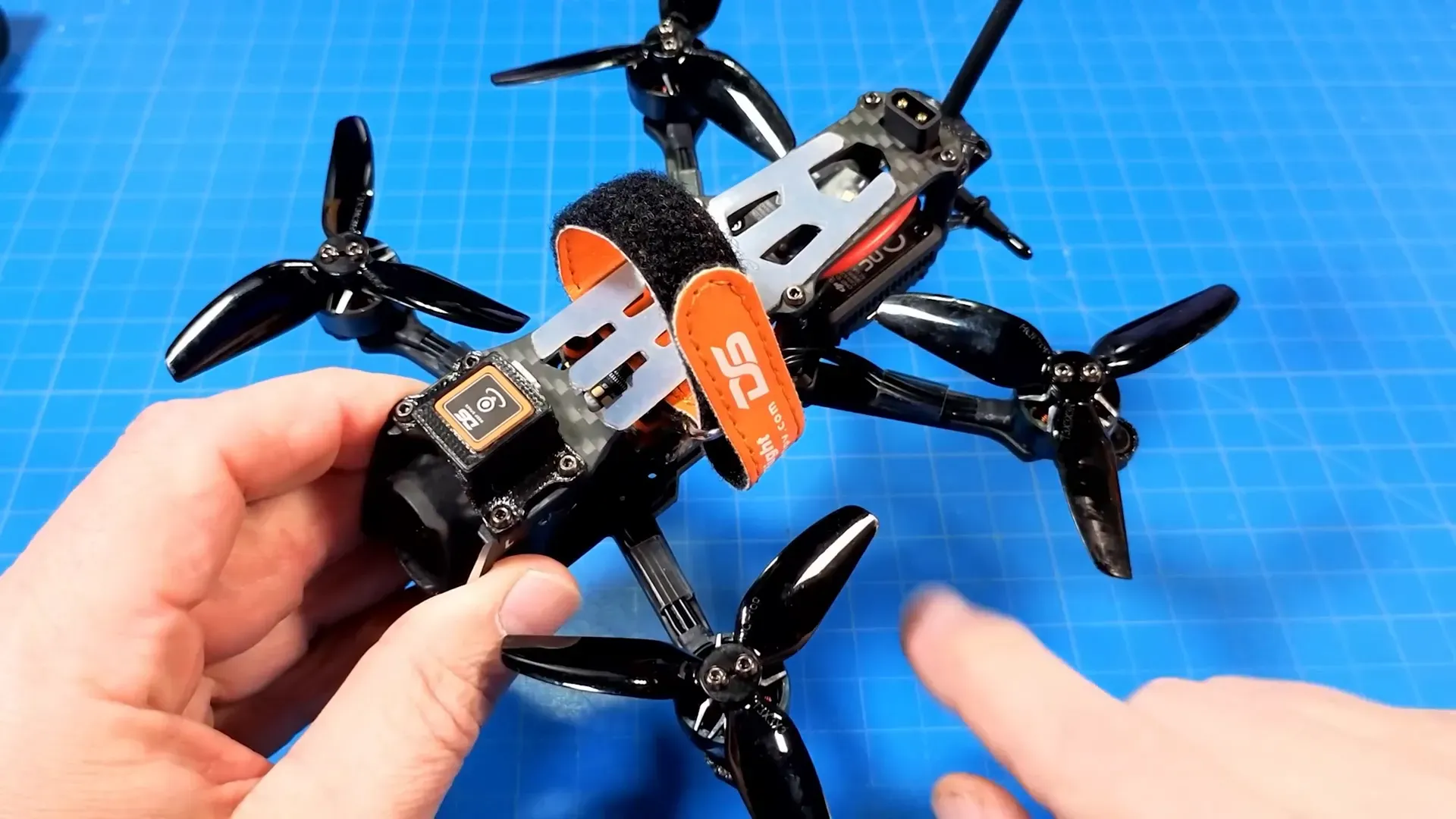
Battery sits forward above the arms. In extreme impacts the forward battery movement could stress the motor mounts. Nick suggests zip‑tying leads and, if you don't need GPS, removing the module for hardcore freestyle.
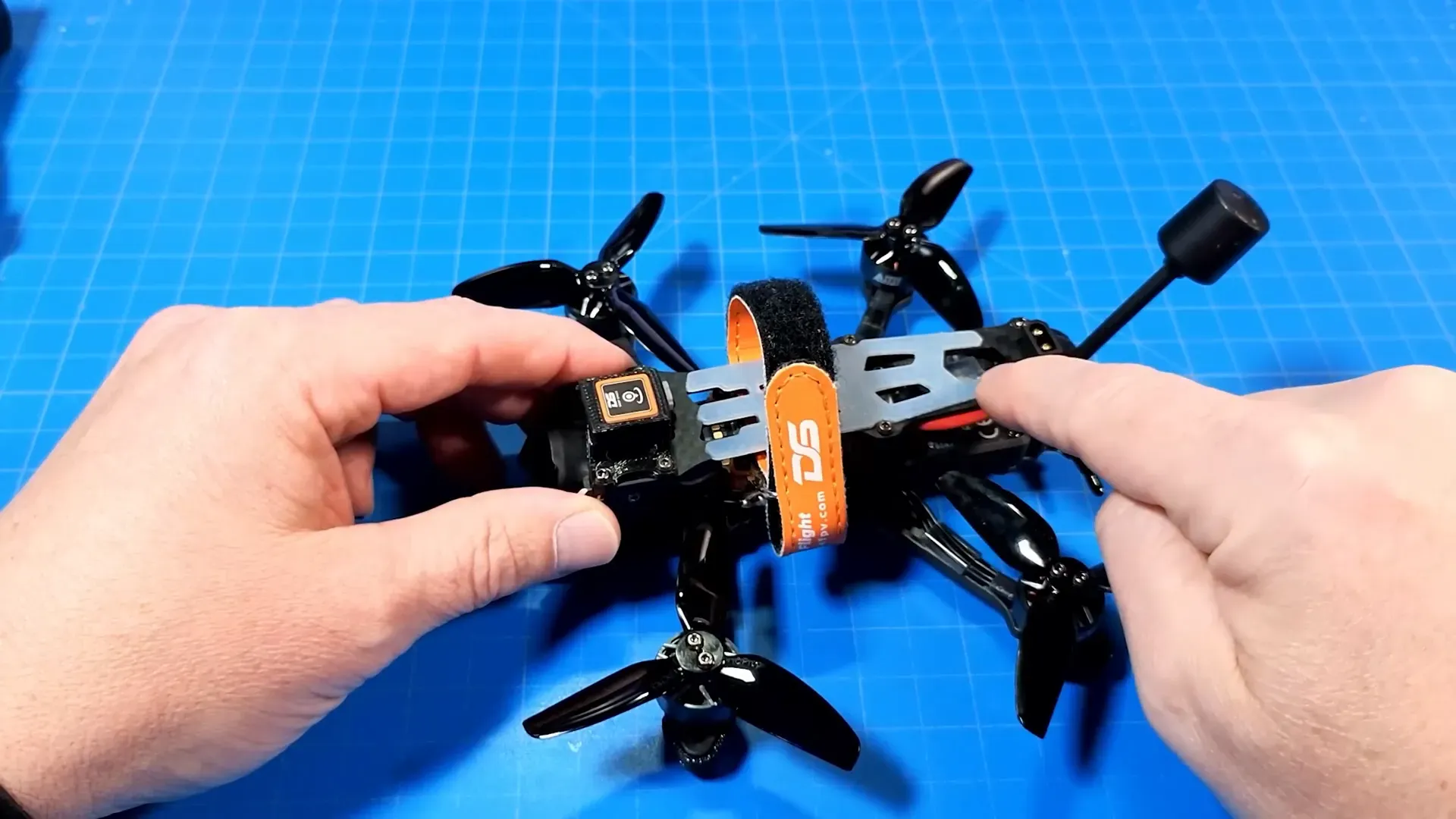
Variants, price and where to buy
DeepSpace offers analog, basic, ExpressLRS and DJI O3/O4 Pro versions. The SKU range runs from $189 (no camera/VTX/receiver) to about $522 for the O4 Pro with a receiver, at the time Nick filmed.
Nick notes the Seeker3 sits roughly $70 above competing three‑inch builds without GPS. That premium buys GPS and the higher spec flight stack.
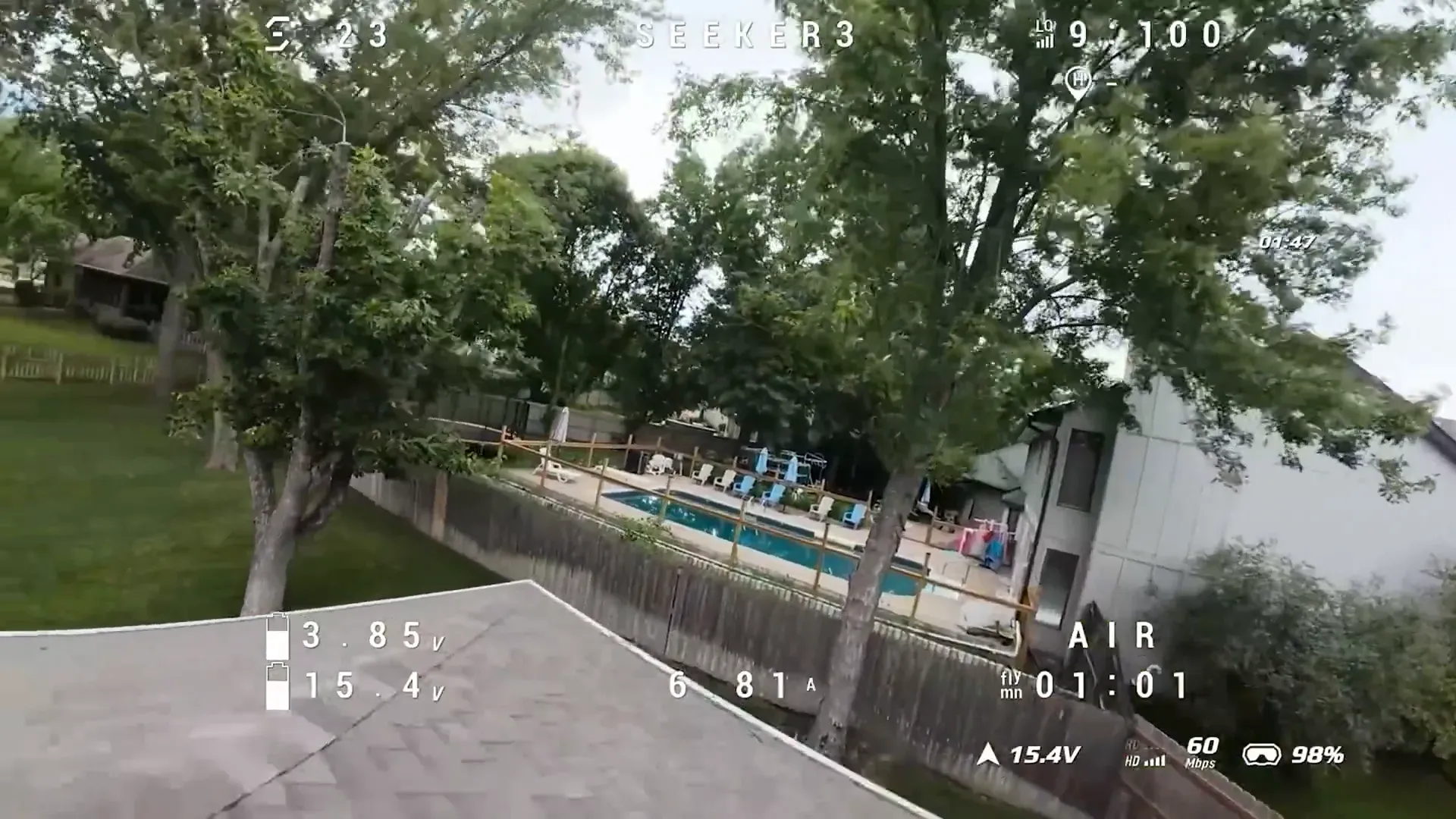
Final verdict
Nick was surprised. He plans to keep the Seeker3 and swap an O3 in to free his O4. He prefers it to recent three‑inch rivals for pure flight feel and endurance.
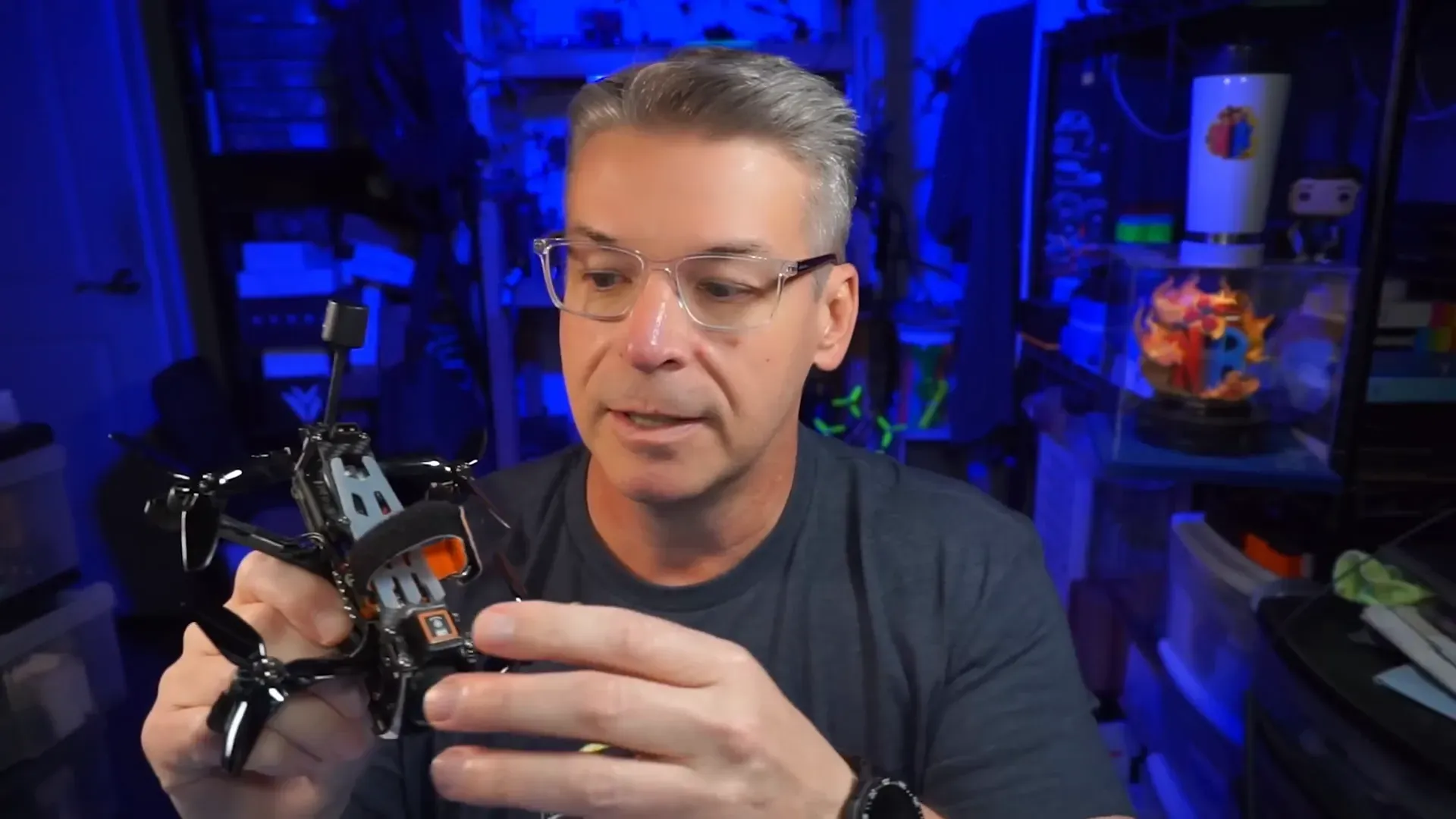
If you prioritise flight time and raw responsiveness over prop protection, this quad deserves a look. It’s Banggood exclusive for now, so expect region‑specific availability.
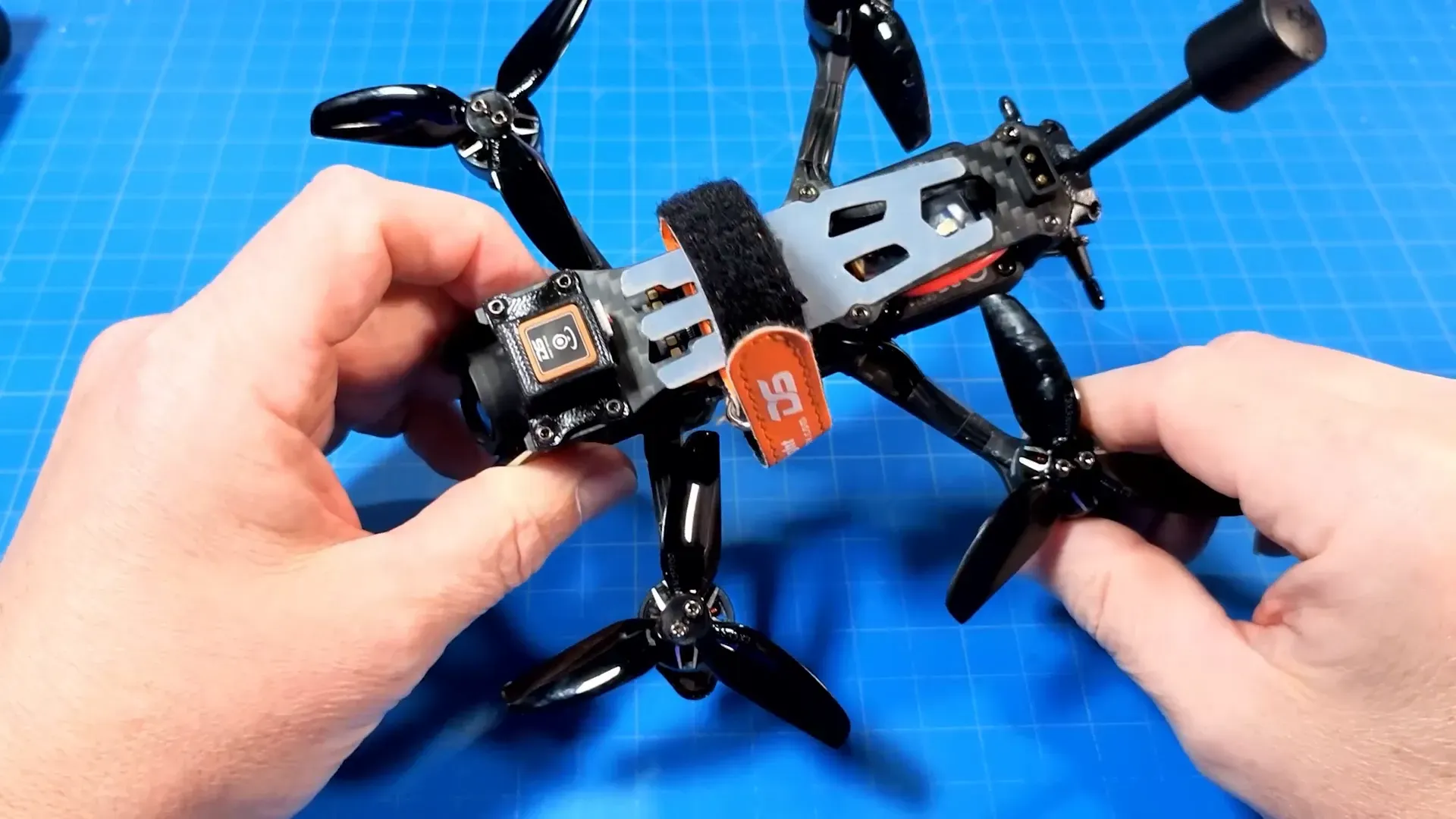
FAQ
Is it possible to keep the Seeker3 under 250g?
Yes. Use an 850mAh flat pack or smaller and you drop to roughly 246g. Nick recorded weights and flight times across multiple packs.
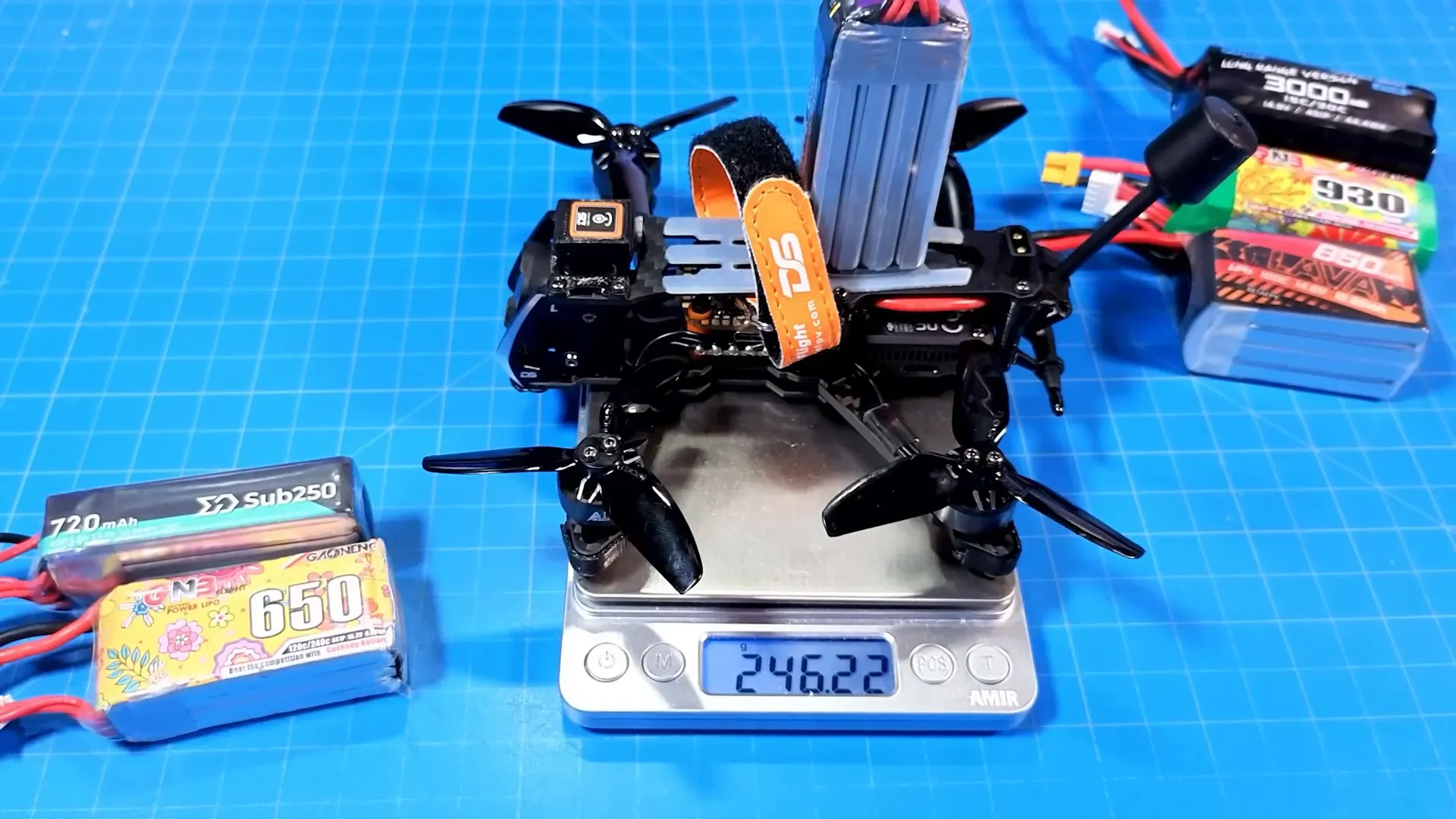
How long will it fly?
Expect 6:40 on a 650mAh aggressive pack, ~8:30 with an 850 flat pack, about 10:20 on a 930, and 14+ minutes on a 3000mAh Li‑ion.
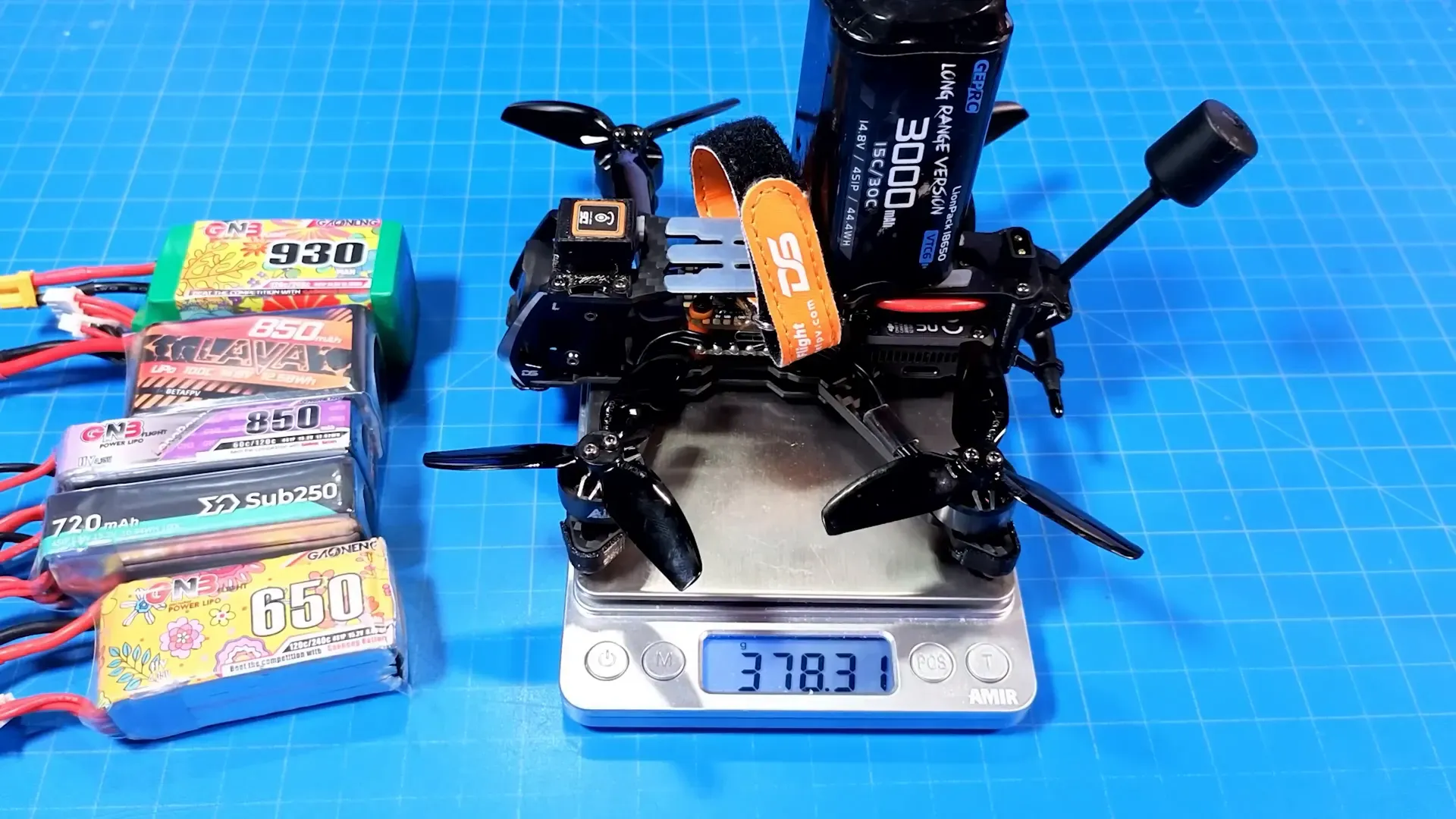
Does the GPS work reliably?
It works, but cold starts took 4–5 minutes in early tests. Keeping the GPS powered between flights speeds reacquisition. Nick didn't fully test GPS rescue range.
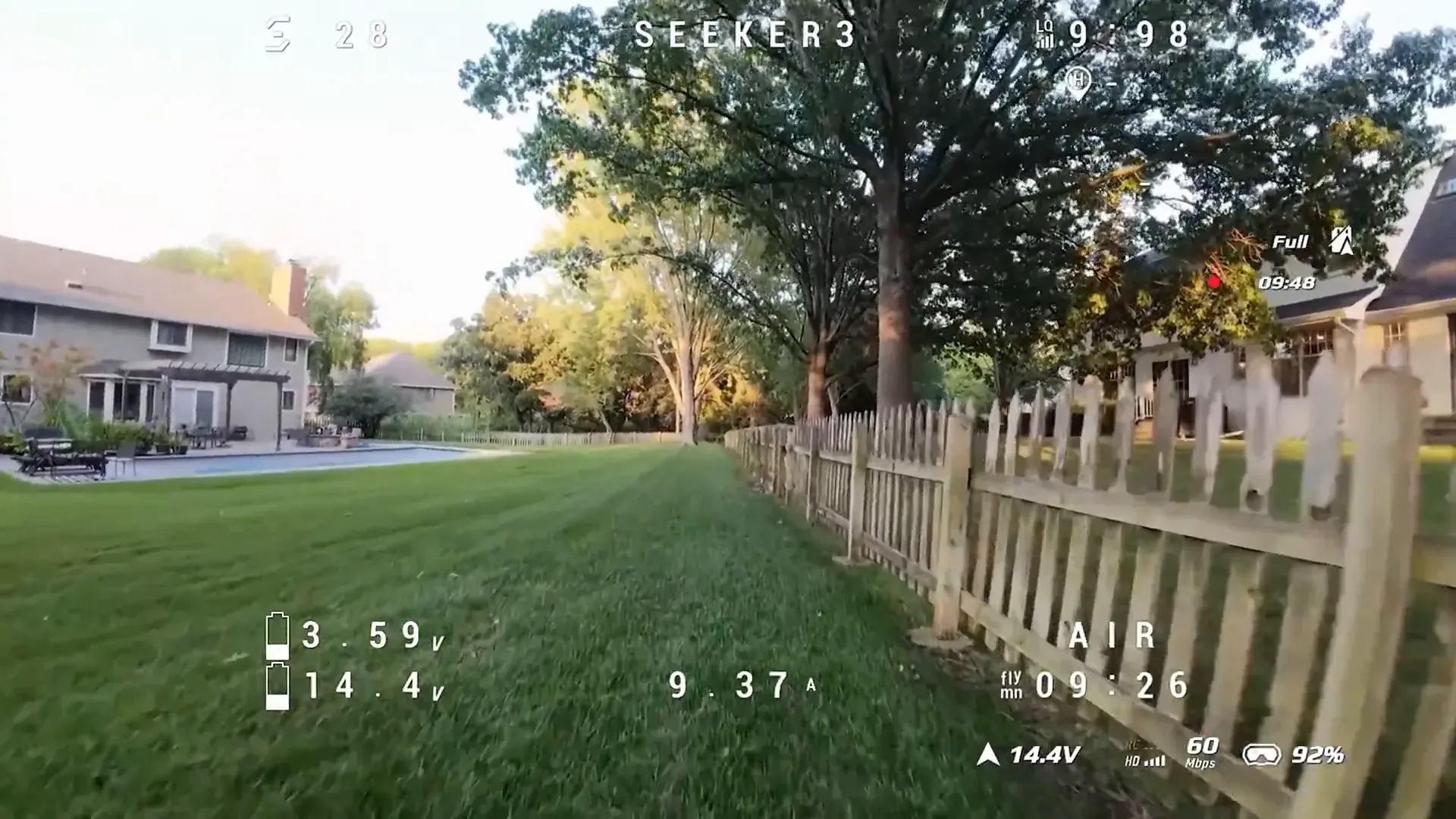
Can I use DJI O3 or O4?
Yes. The frame supports O3 and O4 stacks. The receiver holster might sit taller with O3, but the design accounts for either option.
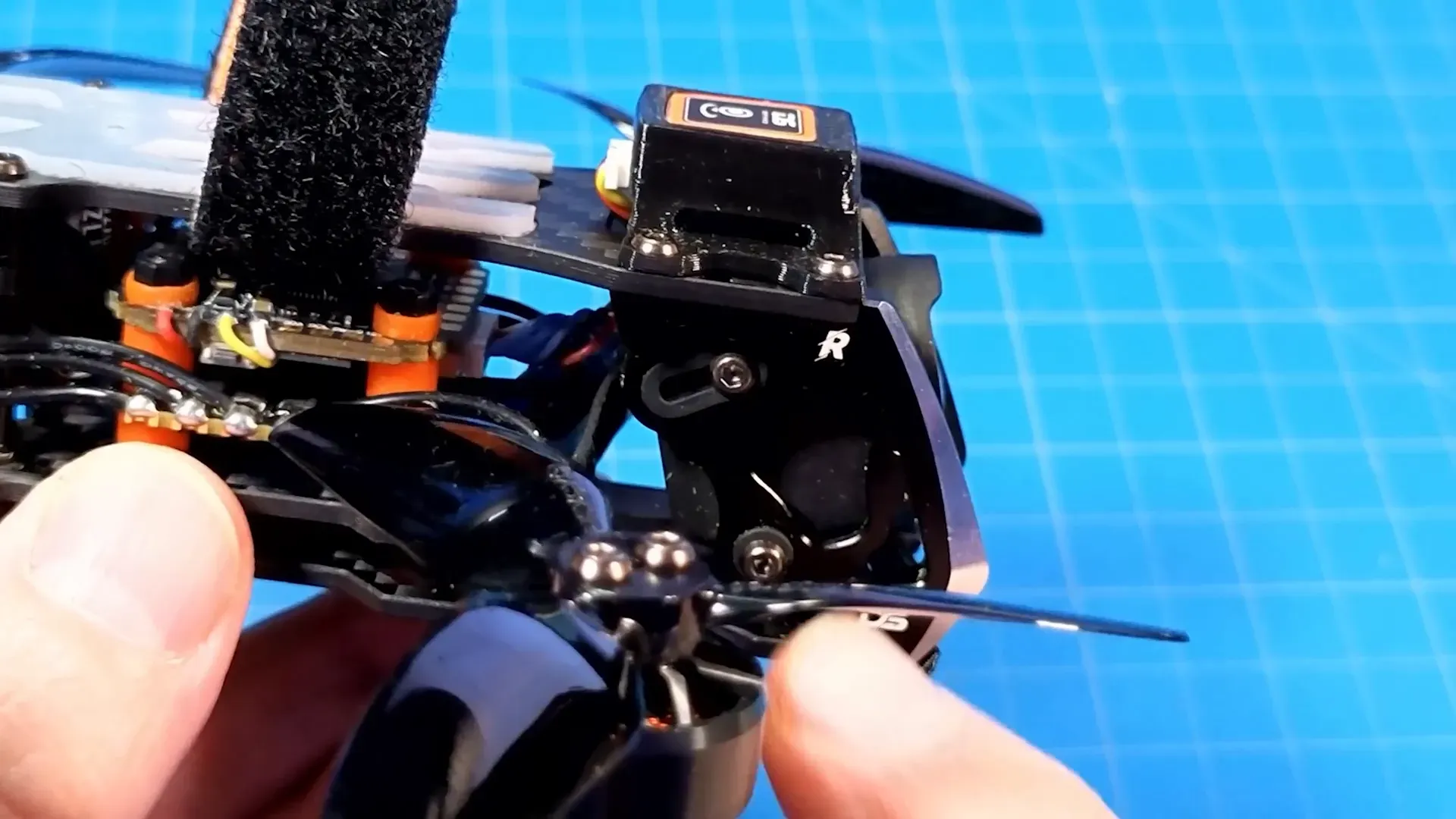
Takeaway box
Short, tweet‑sized nuggets for quick scanning.
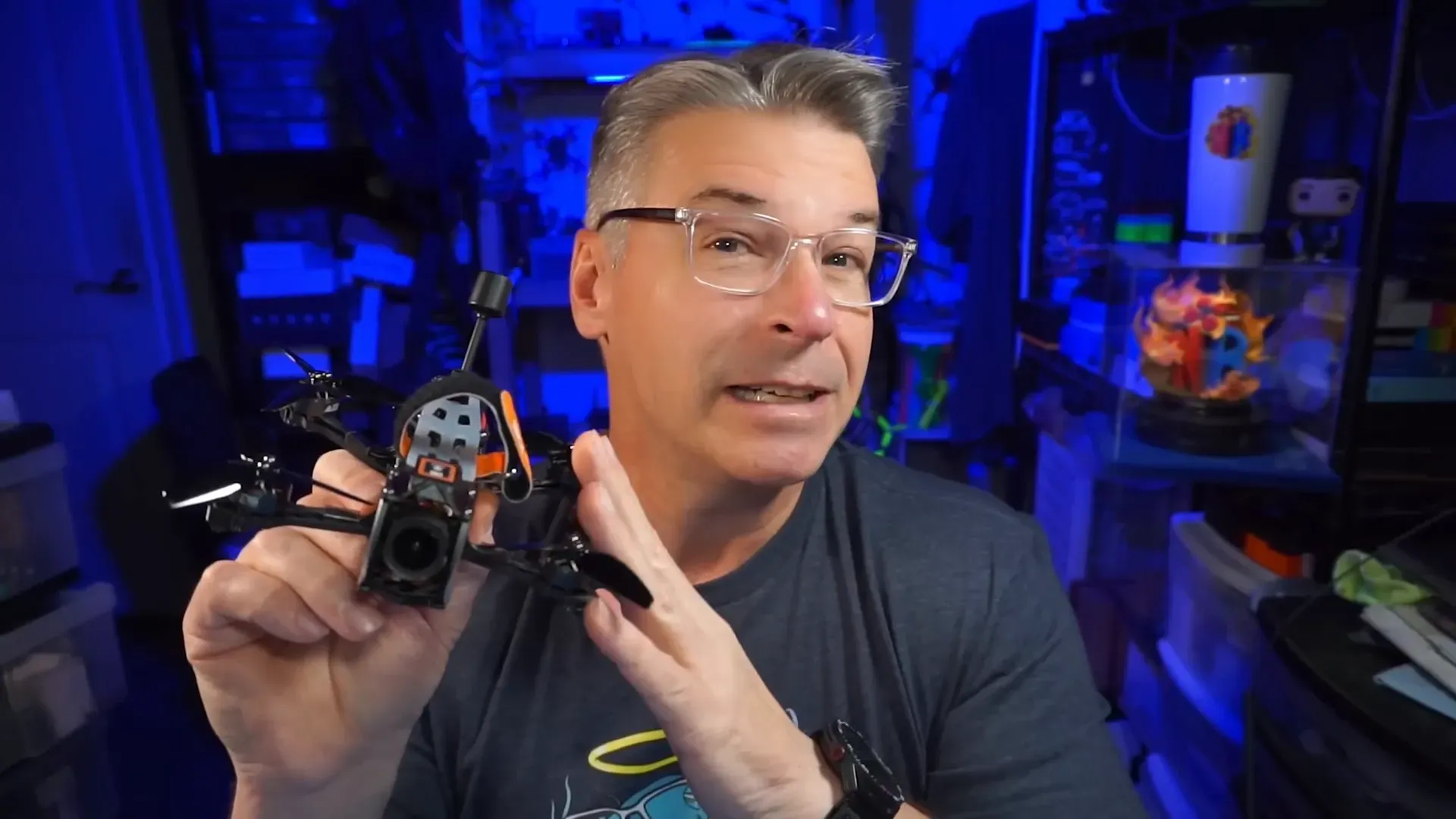
- Three‑inch frame with F7+40A ESC and 1505 4000KV motors—aimed at endurance and punch.
- Under‑250g possible with small flat packs—good for light‑regimes and longer flights.
- GPS works but expect slow cold locks; power GPS between flights to speed reacquire.
- Solid build and serviceable arms—wrap fragile plastic bits in acetate tape.
- Price premium vs rivals, but GPS and HD readiness justify the cost if you want both.
Credits
This report summarises Nick Burns' video review. Watch his full footage and flights for raw DVR and audio on his channel.
This article was based from the video My Oh My Surprise Surprise // DeepSpace Seeker3




